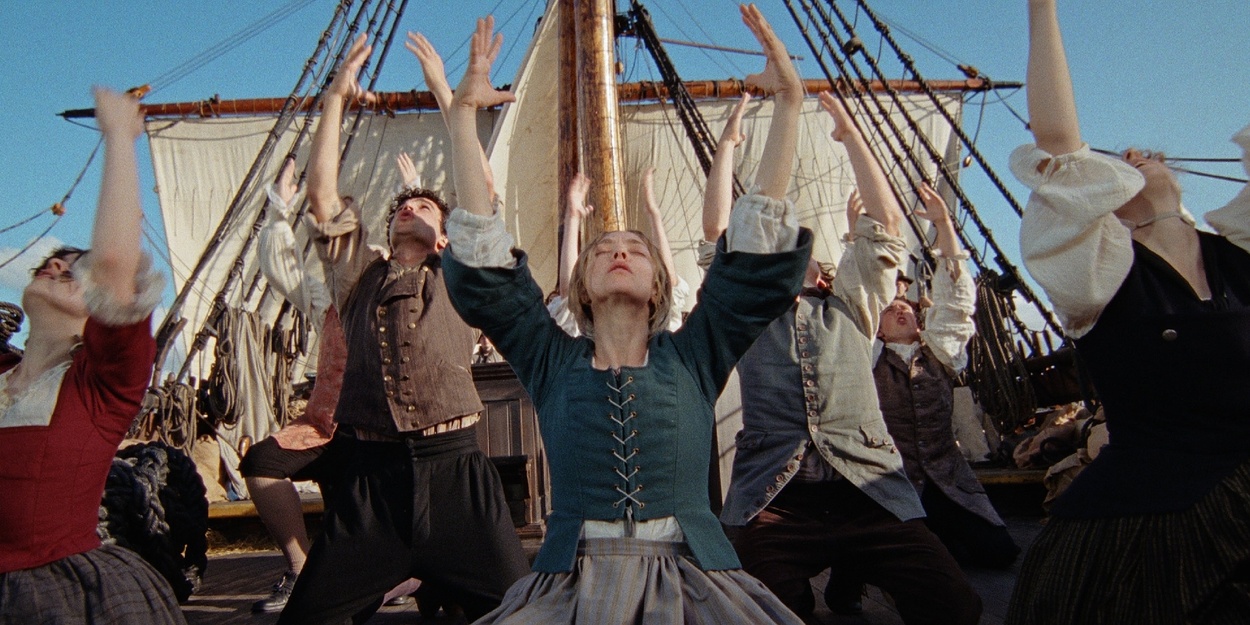Trending Stories
Recommended for You
Washington National Opera Announces Plans to Leave the Kennedy Center
The company has performed at the Kennedy Center since the venue opened in 1971.
Jim Parsons, Deborah Cox, Frankie Grande and Constantine Rousouli Join TITANIQUE Broadway Cast
They join the previously announced Marla Mindelle, who will lead the Broadway company as Celine Dion.
Additional Cast Joins Nathan Lane, Laurie Metcalf, and More in DEATH OF A SALESMAN
The cast includes K. Todd Freeman (Charley), Jonathan Cake (Ben Loman), John Drea (Howard), Michael Benjamin Washington (Bernard), and more.
THE FANTASTICKS Will Be Reimagined as a Gay Love Story For Broadway
The production features a revised book and lyrics by Tom Jones and music by Harvey Schmidt
Ticket Central
West End

Review: HIGH NOON starring Billy Crudup, Harold Pinter Theatre
Starry cast delivers superb adaptation of iconic western
Starry cast delivers superb adaptation of iconic western
New York City

IN HONOR OF JEAN-MICHEL BASQUIAT Extends At Under The Radar
Obie Award-winning actor, playwright, and director Roger Guenveur Smith presents an intimate one-man show honoring his friend and collaborator.
Obie Award-winning actor, playwright, and director Roger Guenveur Smith presents an intimate one-man show honoring his friend and collaborator.
United States

Concerts Celebrating Neil Diamond And Garth Brooks Are Coming To Drury Lane Stage In 2026
Concerts celebrate the work of Neil Diamond and Garth Brooks as embodied by Broadway performer Eric Gutman and international touring star Brandon Bennett.
Concerts celebrate the work of Neil Diamond and Garth Brooks as embodied by Broadway performer Eric Gutman and international touring star Brandon Bennett.
International

Review: Stephein Sondheim;s PUTTING IT TOGETHER Contemplates Human Relationships at Foundry Theatre
Stephen Sondheim’s fabulous music is presented in a different ‘light’ as songs from across four decades of the maestro’s work come together for PUTTING IT TOGETHER.
Stephen Sondheim’s fabulous music is presented in a different ‘light’ as songs from across four decades of the maestro’s work come together for PUTTING IT TOGETHER.




































































































